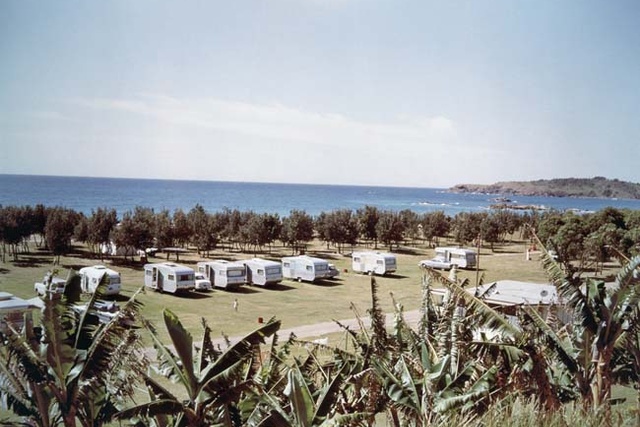
The suburban tracts and towns of New South Wales will be required to accept another 130,000 recreational boats by 2026 – that is, in addition to the 223,000 already with us.1 These craft and the SUVs that tow them are just two of several much-sought-after, highly mobile apartment accessories endangering civic amenity in Australia. Another 130,000 discretionary vessels cannot be readily housed on subdivided land already occupied by bungalows, villas and apartment blocks, many of which have dedicated off-street parking. Consequently, from Bankstown to Broken Hill there is an accelerating deforestation of established street vegetation as novice boat owners scramble to secure verge parking for their new gear. Typically, a mature paperbark is chain-sawn to a stump 400 millimetres in diameter and one metre in height – yet not removed entirely, so that the stump can serve as a useful demarcation from the neighbours’ gear. Aggregated, this informal mayhem will remove thousands of mature, mostly native street trees from across the state over the course of the next decade. The accommodation of all this casually inviting new private property on existing and future public land – dedicated street verges and footpaths – equates to 80 million cubic metres, an area equivalent to Sydney’s Centennial Park. The same applies across the continent, with the tragic loss of Mallacoota’s wetlands to new boat ramps being only the most recently noted. These days, the accumulated impact of everyone’s kit is substantial.
So what does this have to do with new apartment types? The really new apartment types will be relocatable: structures that are supplementary to Australia’s fixed housing stock. Sure, the inner-urban enclaves will continue to construct high-density flats for a specific population, but further away from the city, the masses are getting on the road most enthusiastically. Much market shaping of both the vehicle and its passengers has ensured this new collusion between living spaces and personal mobility will continue unchallenged: it is not the housing along our roads that matters any more, but the roads themselves!
via. ArchitectureAU Latest